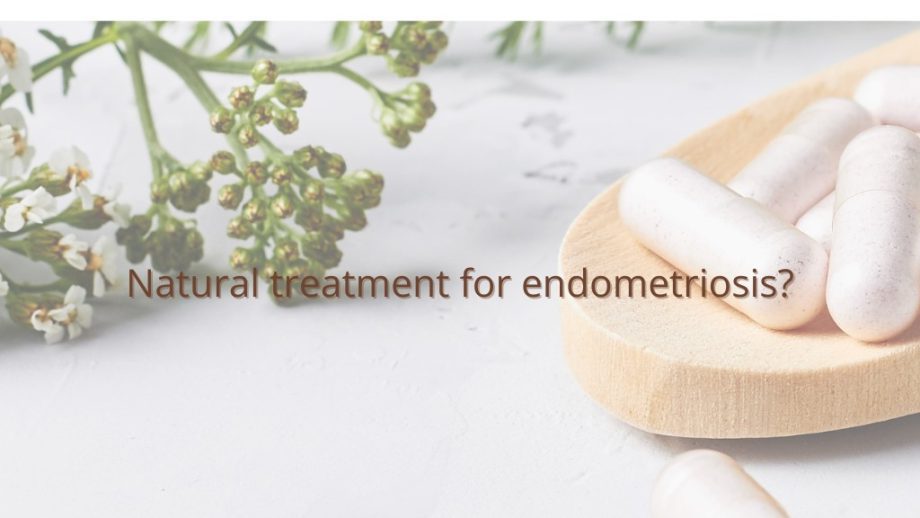It is estimated that over 1.5 million women (1 in 10) in the UK have endometriosis. This condition takes an average of 8-10 years to be diagnosed due to its similarity
with other conditions such as IBS or IBD. The diagnosis for endometriosis is via laparoscopy, pelvic examination, or ultrasounds.
Endometriosis isn’t a problem with the uterus. It is a condition of the immune system. It is a systemwide inflammatory condition that affects the uterus. It is driven by
oestrogen and inflammation.
The symptoms of endometriosis include:
- Painful periods
- Heavy menstrual bleeding (more common in adenomyosis)
- Infertility
- Sexual intercourse pain
- Bowel pain
- Lower back pain
- Pelvic pain
- Scaring
- Adhesions that join organs together
- Ovarian cysts
- Abdominal bloating
- Nausea
- Fatigue
- Depression
- Anxiety
- Thyroid conditions
- 40% increased risk in endometrial, cervical and thyroid cancers
Symptoms can improve after menopause.
Whilst it is unknown what the exact cause of endometriosis is, many theories and
possibilities are debated including:
- Autoimmune connection
- Genetics
- Retrograde menstrual flow (this is a highly divisive view)
- Endotoxins
- Xeno-oestrogens
- Oestrogen dominance
- Surgery
- Trauma
- Possible nickel allergy (in
common foods) - Bacterial toxins
- Impaired methylation
- Contraceptives – the risk of being diagnosed with endometriosis was 2.4 times higher among women who took artificial contraceptives for more than 5 years (https://www.factsaboutfertility.org/prior-contraceptive-use-increases-risk-of-endometriosis-among-women-without-children/)
It’s often touted as being an “oestrogen imbalance” but it’s not that simple. The oestrogen is part of the issue with our gut and the whole picture is one of inflammation
Oestrogen deficiency slows the growth of the lesions, but it does not cure the
disease.
Endometriosis lesions can produce their own oestrogen, someone with a full hysterectomy including bilateral salpingo-oophorectomy, can still have raging endometriosis. Oestrogen deficiency does not slow the growth of lesions, the lesions can behave independently. This is why many women who have been on the oral contraceptive pill for years, sometimes decades, discover their endometriosis when they come off it to try and get pregnant. There is no cure for endometriosis.
The most up to date and accurate definition we have of endometriosis is:
‘Endometriosis is a systemic, inflammatory disease characterised by the
presence of endometrial-like tissue found in extrauterine sites’ Kennedy
et al., 2005; Klemm et al., 2008; Saunders et al., 2021.
Medical approach to treatment
The current treatment for endometriosis involves using synthetic contraceptives to treat the symptoms and surgery to try and remove the endometrial like tissue such as:
- Pain relief medications
- Hormonal contraceptives including combined pill, progestin therapy or gonadotrophin-releasing hormone (cause a temporary menopause by reducing oestrogen)
- Surgical excision – lesions are removed (many lesions grow back within 5 years)
- Ablation surgery via laparoscopy – lesions destroyed with heat or laser
- Hysterectomy
- Bowel or bladder surgery
However:
The contraceptives contain synthetic progestins not progesterone and contribute to oestrogen dominance which affects the gut and can be pro inflammatory.
There has been research with body identical progesterone, but it is not part of the standard medical approach.
Treatment with progesterone can halt the progression of endometriosis by opposing the effects of oestrogen.
• Progesterone treatment has been seen to switch off the condition altogether.
• Natural progesterone has far more anti-inflammatory properties and fewer side effects than synthetic progestins.
• https://journals.plos.org/plosone/article?id=10.1371/journal.pone.0165347
What can be done with alternative treatment?
We work with endometriosis as an inflammation, gut, blood sugar and oestrogen / progesterone imbalance. And diet is always our first “go to” when looking at inflammation. There is a reason the body is in an inflammatory response caused by the effect of “stressors” on the body and the most common stressor is diet and food intolerance.
However, whilst it is important to note that whilst surgery doesn’t fix the root cause of the condition, ultimately, the endometriosis lesions themselves need to be expertly removed via excision (not ablation) with an endometriosis specialist (leaving a wide margin to prevent micro-endometriotic
deposits).
What are the options for alternative treatments and natural therapy?
- Eat a diet that balances blood sugars to support hormones associated with mood such as ghrelin and leptin.
- Remove food intolerances to reduce inflammation.
- Use Adaptogenic herbs to reduce the impact of stress hormones ensuring that you make enough progesterone for the luteal phase of your cycle
- Work on gut health to reduce oestrogen dominance and supporting your liver with supplements such as N-acetyl-L-cysteine, Calcium-De-Glucarate and DIM (we recommend working with a practitioner to ensure these are safe for you to use)
- Explore how micronized, body identical progesterone can benefit you
- Work with a hormone coach who is experienced with endometriosis
For more information:
Instagram:
Endo Girls Blog
Camran Nezhat MD
Center for Endometriosis Care
Dr Jeff Endo Surgeon
Dr Mangs
Endometriosis Summit
Endo What
Books:
Stop Endometriosis and Pelvic Pain – Dr Andrew Cook
Beating Endo – Dr Iris Orbuch
Finding Peace with a Devastating Disease – Amy Corfelli
Part of You, Not All of You – Jenneh Rishe BSN, RN
Thanks for www.endoawareni.org for input with this blog


